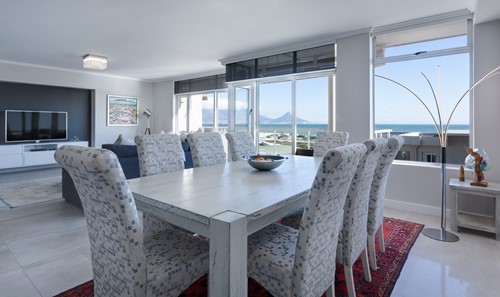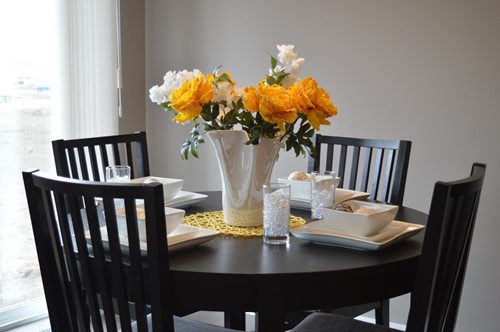
Interior design changes allow you to give your entire home or certain parts of your home a makeover. However, knowing which kinds of changes to make or which styles to use can seem overwhelming. You might also have a hard time picturing how distinct design elements would look in your home. Virtual interior design tools can make it much easier for you to figure out what changes you want to make to your home. Consider the following advantages to using virtual interior design for your home.
Save Time and Trouble
When you’re browsing through furniture options and other items, it’s not always easy to tell how they’ll actually look in your home. You might order a sofa or love seat that doesn’t match the rest of your decor or just doesn’t look right in your home, for example. With virtual interior design tools, you can see how certain items look in your house before purchasing them. This can help you avoid having to take the time to return items that don’t fit your interior design style.
Try Different Styles
If you don’t have style preferences, you might not know what you should go with. Using virtual design tools allows you play around with a variety of different interior design styles. This can help you discover which style or styles you prefer. If you’re having trouble choosing between a couple of different styles you like, virtual interior design tools can let you experiment with them to determine which one suits your home better. Once you know which style you prefer, you can get started on choosing paint colors, furniture and other items to make your interior design changes.
Work with What You Have
Some virtual interior design tools let you see how unique design elements might look in your home alongside your current furniture or other items. You might be able to upload photos and add design elements to them to see how they would look together. This can make it a lot easier to accurately visualize the interior design changes you’re thinking about doing. Without these virtual tools, you might have to take a chance on bringing new items into your home or painting rooms certain colors without knowing exactly how these design elements will end up looking.
Design Your Home Conveniently
Meeting with interior designers for consultations can take up valuable time. When you use virtual interior design tools, you can figure out the changes you want to make to your home at your own convenience. These tools allow you to work on interior design when it’s convenient for you and from the comfort of your own home. This means you won’t feel pressured to decide on interior design elements due to time constraints or have to arrange consultations that fit your schedule.
Save Money
Using virtual interior design tools could help you save on the cost of redesigning or redecorating your home. Professional designers might charge by the hour, which can add up if you’re unsure about the changes you want or if you’re changing your entire home. Virtual interior design tools let you experiment with different changes on your own, so you can redecorate without these added costs.


